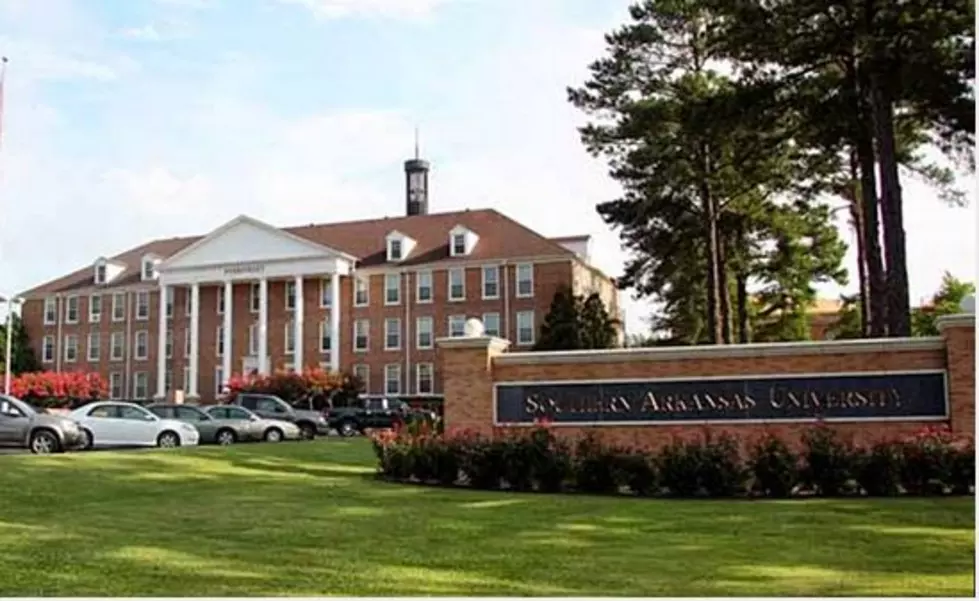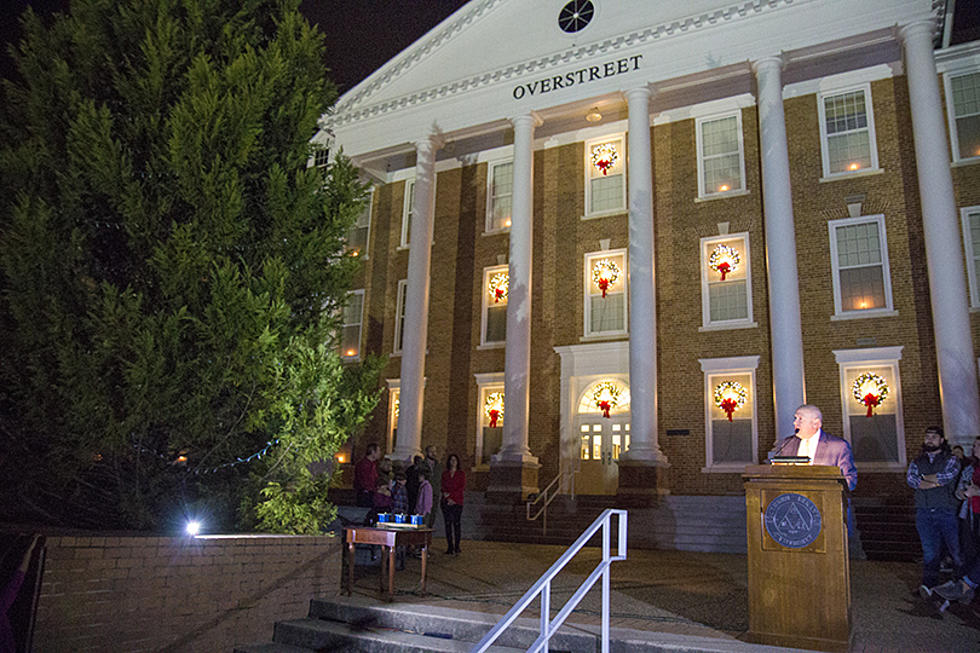
Southern Arkansas University Archaeologists Connect Past to Future
Indiana Jones’ adventures might be often associated with archaeology, but Dr. Carl C. Drexler describes the field as more than that. “It ties in the past with how we live today,” he said in a recent press release from SAU. “We use that information to think about how people might live in the future.”
Drexler is the station archaeologist for the Southern Arkansas University Research Station of the Arkansas Archaeological Survey (AARS-SAU), located on the first floor of the Bruce Center. The station was established in 1967 as one of the original eight founded in 1967-68, when SAU was known as Southern State College. Drexler took over as station archaeologist in 2015, following Dr. Frank Shambach, who ran the station from 1968-2006, when Dr. Jamie Brandon took over until 2014. “In 38 years of service, he had done more and studied more than anyone else in his area, which is pre-contact Caddoan and pre-Caddoan cultures,” Drexler said of Shambach.
SAU’s Research Station covers southwestern Arkansas, from Union to Howard counties. “It’s a good regional spread,” Drexler said. “The station nearest us is the one at Henderson State University and we also have one at UA-Monticello.
“This area is all Caddo Indian habitation dating back well over 1,000 years,” Drexler said. “Different stations study different heritages.”
Drexler and station assistant Fiona Taylor focus on three areas: education, public outreach and academic research.
SAU
“I teach here at the University in the spring and we talk to schools and local groups,” Drexler said. “We also do talk across the region within our specific interests. Our research focuses more on our territory and developing programs on history and heritage. We do excavations and try to answer people’s questions as best we can.”
Drexler received his PhD from the College of William & Mary in 2013 and has been working in Arkansas since 2001, focusing on the archaeology of the Civil War.
“My specific interest is battlefield archaeology,” he said. “I wrote my dissertation on Dooley’s Ferry, a crossing on the Red River. My research focuses around the archaeology of conflict in the 19th century; I started out working almost exclusively on battlefields.”
As an undergraduate, he was inspired to study the battlefield at Little Big Horn, site of Custer’s Last Stand.
“In 1984, a prairie fire burned off the grass on the Little Big Horn, revealing bullets and shell casings from the battle,” Drexler said. “Archaeologists ran metal-detector sweeps and found they could plot the movements of individual weapons and reconstruct troop movements.”
He followed his inspiration to the University of Nebraska, where he received a master’s in anthropology. The archaeology center there “had a big project at the Pea Ridge Battlefield in northern Arkansas; I got to come down and be part of that.”
SAU
Battlefield archaeology is useful in that it “ties together historical accounts. Typically, when soldiers write about their combat experiences, it’s through fear of getting shot at. Archaeology helps establish where things happened, sometimes even how and where individuals moved across the battlefield. Some of the most authoritative accounts of battles were written by officers trying to explain themselves – how they won or lost. There’s some bias there. Archaeology is the best tool for understanding people who didn’t make it into the written accounts – the rank and file.”
Families often want to know what happened to their loved ones in battle, and Drexler said archaeologists are able to convey that information. “This stuff that’s left behind is part of a significant event in the lives of thousands of people,” he said.
The study of ancient societies is also a big part of the Survey’s mission. “Shambach gave us an irreplaceable understanding of Caddo history in the Great Bend, which is in the vicinity Garland City, Ark.,” Drexler said. “That area was one of the major settlements for the Caddo. Shambach produced a massive amount of information about the emergence of the Caddo as a social unit. Without him doing that work, a lot of those sites would have been looted, and without his data recovery, we would have lost a unique opportunity to understand that aspect of history.”
The Survey holds the majority of Shambach’s collection, and new research is always welcome.
“He did an amazing amount of work and protect a lot of things for the future,” Drexler said. “We can make use of it as people bring us objects to analyze. We have the tools to understand how people once lived in this area and how they grappled with and endured change. As a society, as a species, we have many of the same issues confronting us today.”
He and Taylor regularly receive calls from people in this area who think they have found artifacts on their property.
“We can tell whether an object is actually an artifact and document where it came from,” he said. “We also get calls from law enforcement agencies about possible human remains found.”
Survey archaeologists often help investigators determine whether remains are human or animal.
“Last year, we assisted in a search for a missing teenager in Little Rock,” Drexler said. “We are trained in identifying bones. We are also expert in conducting systematic searches of woods and recording the location of finds. We might be achingly slow with a shovel, but you will have a well-dug hole that is thoroughly documented.”
Archaeologists are “happy to help people understand their corner of the world,” Drexler said. “We encourage people to report anything from Native American pots and arrowheads to rocks they don’t feel are right for a given area. Sometimes these things are artifacts, sometimes not. We look for intentionality – the cut of a rock or the way it’s ground. Generally it’s very straightforward, but sometimes it’s best-guess.”
Since Drexler got his start in archaeology, the field has seen many technological advances.
“Generations ago, you had shovels and microscopes and cameras, and that was enough,” he said. “Now, we have everything from high-end metal detectors to geophysical equipment to isotopic research. We can bounce laser waves of the ground and develop maps that show us things we’d never seen before – you can see entire cities with a couple of clicks of a mouse, and map the whole thing very quickly.”
“In the broad scope, we have a lot to provide to historians, to agricultural and political researchers and policymakers,” Drexler said. “Archaeology speaks to every discipline.”
More From Eagle 106.3









